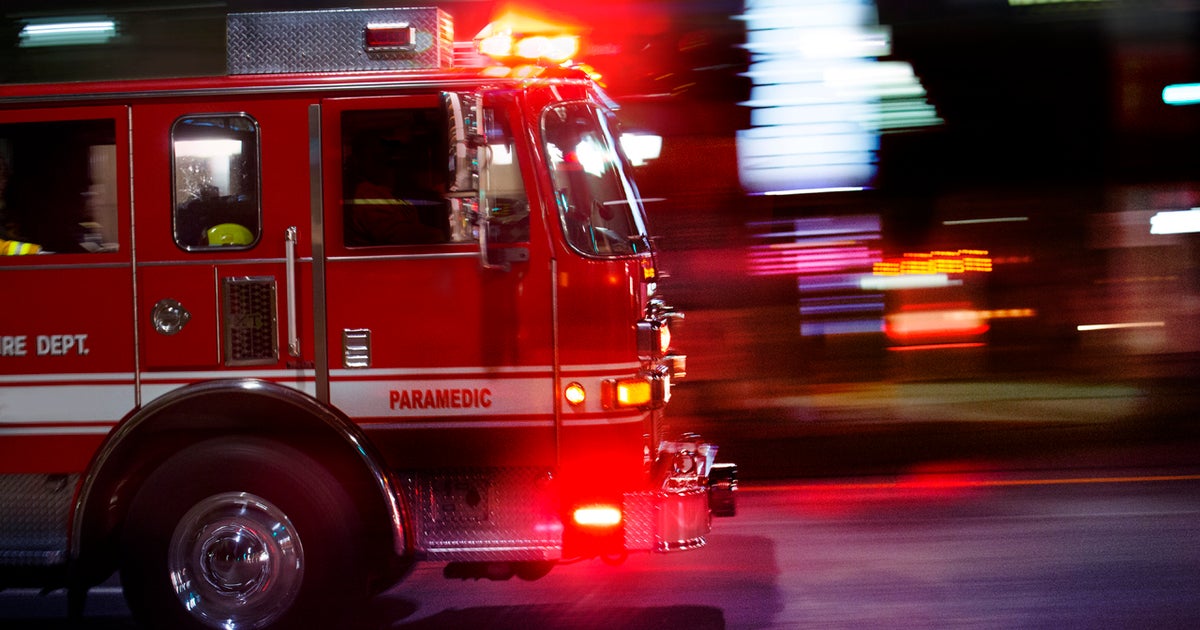History Of Denver's Union Station
DENVER (CBS4) - The grand heyday of Denver's Union Station will see a resurrection of sorts with this weekend reopening of the transportation hub.
Union Station's history began in 1880, when planners followed a national trend of constructing large transit centers.
"The great train stations were the cathedrals of America," said Charles Albi, co-author of "Denver's Railroads: The Story of Union Station and the Railroads of Denver."
The station opened on June 1, 1881, and cost $525,000 to build.
During its early years, it lured residents of all sorts.
"Of course, immediately businesses, warehouses, saloons, bordellos popped up right around the station to serve that transient population," William Convery, of the History Colorado Museum, said.
An electrical fire burned the original building on March 18, 1894, destroying the center and the tower. It was quickly rebuilt. But in 1914, railroad companies replaced the center hall and roof and built the station that remains today. The city added an iron arch that welcomed travelers, but it was removed in the 1930 because it was considered a traffic hazard.
Union Station reached its zenith in the 1940s, when more than 50,000 visited daily. The station served as the center of farewells and homecomings for U.S. service members during World War II.
One veteran, Larry Fanning, 88, recalls it distinctly. Still just a teenager, he left for the war from Union Station, seen off by his girlfriend at the time and her mother.
"We were all hyped up," Fanning told CBS4 about the soldiers leaving for war. "She cried and her mother cried."
The "Travel By Train" sign was added in the 1950s, but by that point air travel began to supplant trains.







